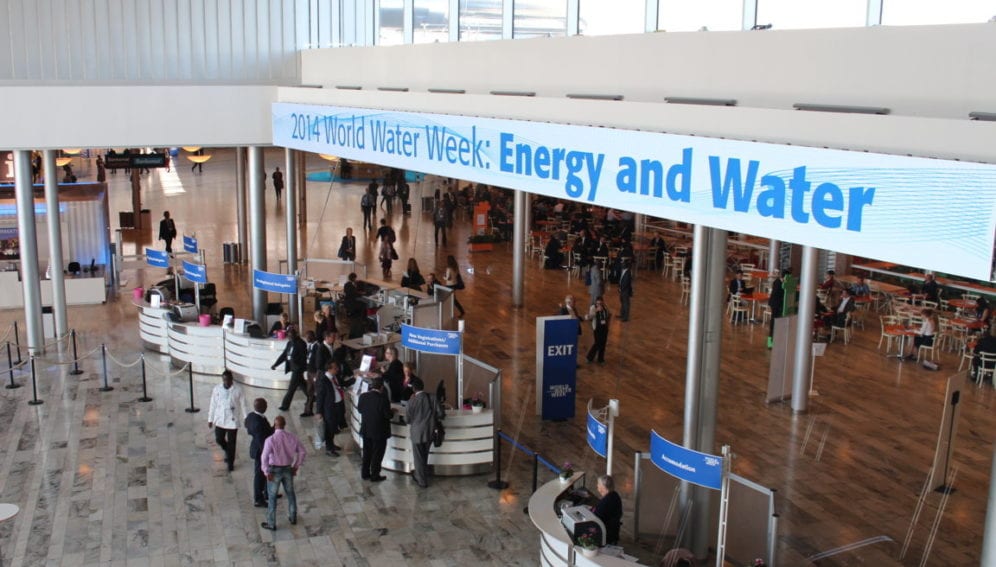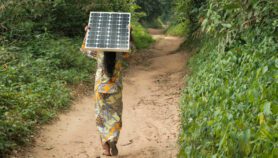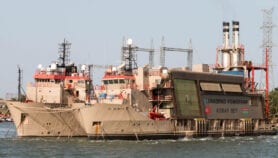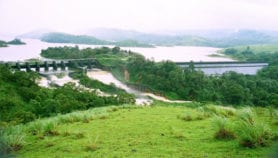By: Lou Del Bello
Send to a friend
The details you provide on this page will not be used to send unsolicited email, and will not be sold to a 3rd party. See privacy policy.
The hydropower plants of tomorrow won’t only produce energy. Constructing dams will also provide new drinking water sources, irrigation for crops, and new waterways for transport. In the words of most of the scientists here at World Water Week in Stockholm, Sweden, they will be ‘multipurpose’.
This means that each plant design will be a one-off. And, more importantly, each will have to be designed through a multidisciplinary approach, bringing together social and environmental scientists with energy planners.
This collaborative, holistic vision is shared by most of the hydropower industry stakeholders I have met during the world water week conference, where they gathered to discuss the future of their field.
Hydropower is the most abundant and clean renewable energy source currently available. It is more reliable than solar and wind as it is not inherently intermittent — though admittedly droughts and floods can cause power cuts. According to the International Energy Agency, global demand for energy will increase by a third by 2035, compared to 2011, making every source of abundant and clean energy an opportunity not to be missed. However, global water consumption is also on the rise, meaning hydropower capacity could be threatened and making the need to improve hydropower generation efficiency even more pressing.
“Today, we implement social and environmental planning, which makes the process lengthy and sometimes challenging but achieves sustainability.”
William Angel, Isagen
In a panel discussion, Daryl Fields, a senior water resources and energy specialist at the World Bank, said that to make hydropower really sustainable governments and the private sector will need to make better use of the planning tools available to increase the safety, efficiency and public acceptance of hydropower projects.
After the panel she told me that hydropower planning always has to start with two considerations: ‘energy planning’ and ‘basin planning’.
The first thing to do, she says, is to consider whether hydropower is the right type of energy generation for the situation. You need to look at all the possible methods and how a mix of energy sources might work together — including the impact each will have on local communities.
“It’s like when you buy a car,” Fields said. “You don’t just think of the power and the price. You think about the colour, if there is space for the kids. And you choose from an array of different cars.”
Basin planning is about hydropower specifically, and uses a similarly holistic method to assess which water resources could be used to meet local demand. Some of the aspects to consider when planning to alter the natural flow of a river include biodiversity and climate variability, as well as specific pressure points, where more water is needed — an industrial plant or a dam, for instance.
“It would be fantastic if energy and basin planning could work together,” said Fields, though she recognises that this approach may not be possible in every case because it is expensive and time consuming. “There are countries whose need for energy is just too pressing, so they decide to go ahead without carrying out detailed assessment studies. This makes the project potentially less efficient and prone to risks — but ultimately it is their choice”.
William Angel, of Isagen, a Colombian company that develops hydropower projects, says that the private sector is embracing the principle of considering projects’ environmental as well as economic impacts.
“Just a few years ago the industry would only look at the amount of energy produced and its price,” he said. “But today, we implement social and environmental planning, which makes the process lengthy and sometimes challenging but achieves sustainability.”














